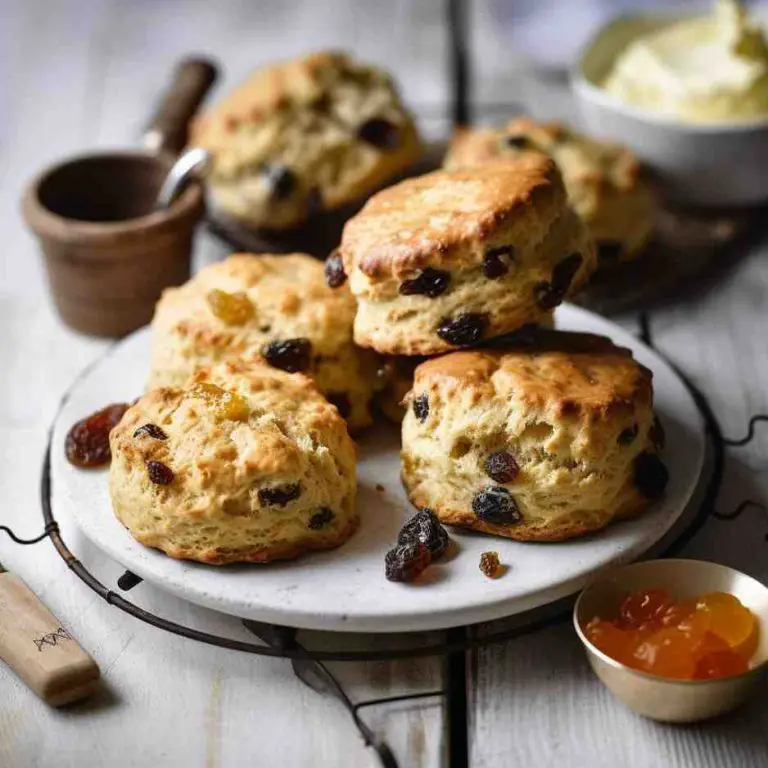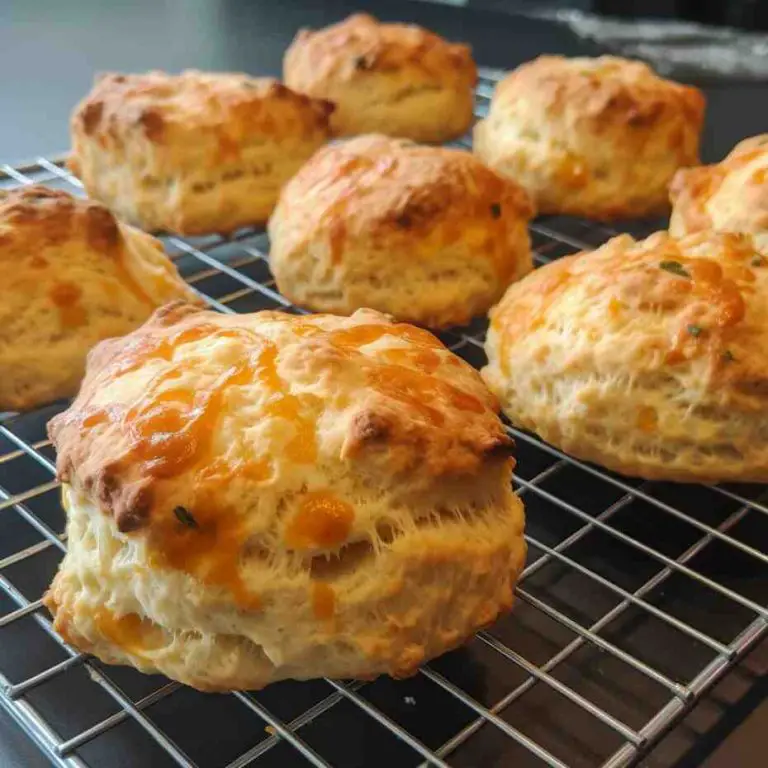Listen up, foodies and dessert enthusiasts! If there’s one thing that Britain has mastered over the centuries, it’s their knack for baking delights that warm both the heart and stomach. Among these culinary treasures, Mary’s scones have become a staple that’s impossible to ignore. Whether you’re sipping a steaming cup of tea or simply craving something sweet, these buttery, crumbly wonders are here to satisfy your cravings. So, buckle up, because we’re diving deep into the world of Mary’s scones, where tradition meets taste buds!
Now, you might be wondering, “What’s so special about Mary’s scones?” Well, my friend, it’s not just about the flavor—it’s about the experience. From the moment you take your first bite, you’re transported to a cozy little tearoom in the English countryside, where time slows down and life feels just a little bit brighter. These scones are more than food; they’re a cultural phenomenon that deserves a closer look.
So, whether you’re a lifelong fan or a curious newcomer, this guide is here to walk you through everything you need to know about Mary’s scones. Let’s get started, shall we?
Table of Contents:
- The Fascinating History of Mary’s Scones
- Meet Mary: The Mastermind Behind the Scones
- Key Ingredients That Make Mary’s Scones Irresistible
- Secret Recipes Passed Down Through Generations
- Exploring the Different Varieties of Mary’s Scones
- Are Mary’s Scones Healthy? The Nutritional Breakdown
- Where to Find Authentic Mary’s Scones
- Perfect Pairings for Your Mary’s Scones
- How to Make Mary’s Scones at Home
- Pro Tips for Baking Flawless Scones
The Fascinating History of Mary’s Scones
Let’s take a trip back in time, shall we? The origins of scones can be traced back to Scotland in the 16th century, where they were originally made using oats and baked on a griddle. Fast forward to modern times, and Mary’s scones have become a symbol of British baking excellence. But who exactly is Mary, and how did her scones rise to fame?
Mary’s scones gained popularity in the early 20th century when she began perfecting her recipe in a small village bakery. Her secret? A combination of fresh, local ingredients and a dash of love. Word spread quickly, and soon enough, her scones were being served in tearooms across the country. Today, they’re a household name, beloved by millions.
Why Are Mary’s Scones So Iconic?
There’s something magical about Mary’s scones that sets them apart from the rest. Here are a few reasons why they’ve earned their place in culinary history:
- Perfect balance of texture: Crispy on the outside, soft and fluffy on the inside.
- Time-tested recipes: Passed down through generations, ensuring authenticity.
- Community spirit: Mary’s scones are often associated with gatherings and celebrations, making them more than just food.
Meet Mary: The Mastermind Behind the Scones
Before we dive deeper into the world of scones, let’s take a moment to appreciate the woman behind the magic. Mary, a humble baker from the heart of England, turned her passion for baking into a legacy that continues to inspire bakers worldwide.
| Full Name | Mary Elizabeth Thompson |
|---|---|
| Birthplace | Yorkshire, England |
| Year of Birth | 1905 |
| Profession | Baker, Recipe Innovator |
| Claim to Fame | Creator of Mary’s Scones |
Mary’s Legacy
Mary wasn’t just a baker; she was a pioneer. Her dedication to quality and tradition has inspired countless bakers to follow in her footsteps. Even today, her recipes are revered and celebrated, proving that true craftsmanship never goes out of style.
Key Ingredients That Make Mary’s Scones Irresistible
So, what exactly goes into making a Mary’s scone? While recipes may vary slightly, there are a few key ingredients that remain constant:
- Self-raising flour: The foundation of any great scone.
- Unsalted butter: Adds richness and flavor.
- Fresh milk: Essential for achieving that perfect crumbly texture.
- Eggs: For binding and adding moisture.
- Caster sugar: Just the right amount of sweetness.
And let’s not forget the optional extras, like dried fruits, chocolate chips, or a hint of vanilla extract. These little additions can take your scones from good to extraordinary!
Secret Recipes Passed Down Through Generations
Recipes are like family heirlooms, passed down with care and reverence. Mary’s original recipe has been carefully preserved, but over the years, bakers have added their own twists to create unique variations. Here’s a glimpse into one of her most cherished recipes:
Mary’s Classic Scone Recipe
Ingredients:
- 225g self-raising flour
- 50g unsalted butter, diced
- 2 tbsp caster sugar
- 1 egg, lightly beaten
- 125ml milk
Instructions:
- Preheat your oven to 220°C (200°C fan) and line a baking tray with parchment paper.
- In a large bowl, mix the flour and sugar.
- Add the butter and rub it in with your fingertips until the mixture resembles fine breadcrumbs.
- Make a well in the center and add the egg and milk. Mix until a soft dough forms.
- Turn the dough out onto a lightly floured surface and pat it into a circle about 3cm thick.
- Cut into rounds using a cookie cutter and place on the prepared tray.
- Bake for 12-15 minutes, or until golden brown.
Exploring the Different Varieties of Mary’s Scones
Not all scones are created equal, and Mary’s scones come in a variety of flavors to suit every palate. Here are some of the most popular options:
Fruit Scones
Loaded with juicy raisins or cranberries, these scones are perfect for those who love a hint of sweetness.
Chocolate Scones
For the chocoholics out there, these scones are studded with rich, melty chocolate chips.
Savory Scones
Not in the mood for something sweet? Try a savory scone filled with herbs and cheese for a delightful twist.
Are Mary’s Scones Healthy? The Nutritional Breakdown
Now, let’s talk about the elephant in the room: Are scones healthy? While they may not be the healthiest snack on the planet, they can be enjoyed in moderation. Here’s a quick nutritional breakdown of a typical Mary’s scone:
- Calories: Approximately 250 per scone
- Fat: 12g
- Carbohydrates: 30g
- Sugar: 8g
- Protein: 4g
Of course, the nutritional value can vary depending on the recipe and any additional toppings you choose to add.
Where to Find Authentic Mary’s Scones
If you’re lucky enough to be in the UK, you can find Mary’s scones in many traditional tearooms and bakeries. But don’t worry if you’re not—many stores now offer packaged versions that capture the essence of the original recipe. Just remember to look for the authentic stamp of approval!
Online Options
Can’t find Mary’s scones locally? No problem! There are plenty of online retailers that ship these delightful treats straight to your doorstep. Just make sure to check the reviews and delivery options to ensure freshness.
Perfect Pairings for Your Mary’s Scones
No scone is complete without the perfect pairing. Here are some classic options to enhance your scone-eating experience:
- Clotted cream and jam: The quintessential British combination.
- Honey: For a touch of sweetness and a hint of floral flavor.
- Butter: Simple yet effective, letting the scone’s natural flavors shine.
How to Make Mary’s Scones at Home
Ready to try your hand at baking Mary’s scones? Follow these simple steps to recreate the magic in your own kitchen:
Step-by-Step Guide
- Gather all your ingredients and preheat your oven.
- Mix the dry ingredients in a large bowl.
- Add the butter and combine until the mixture resembles breadcrumbs.
- Incorporate the wet ingredients and form a soft dough.
- Shape the dough and cut into rounds.
- Bake until golden brown and enjoy!
Pro Tips for Baking Flawless Scones
Baking scones may seem simple, but there are a few tricks to ensure they turn out perfectly every time:
- Use cold butter to achieve that flaky texture.
- Don’t overwork the dough; handle it gently to prevent toughness.
- Brush the tops with milk before baking for a golden finish.
Common Mistakes to Avoid
Even the best bakers make mistakes sometimes. Here are a few pitfalls to watch out for:
- Adding too much liquid, which can make the scones dense.
- Overbaking, which can lead to dryness.
- Skipping the resting time, which affects the final texture.
Conclusion
And there you have it, folks—a comprehensive guide to the world of Mary’s scones. From their rich history to the art of baking them at home, we’ve covered everything you need to know to become a true scone connoisseur. Whether you’re savoring them with a cup of tea or sharing them with friends, Mary’s scones are a joy to behold.
So, what are you waiting for? Grab your apron, preheat your oven, and let’s get baking! And don’t forget to share your creations with us in the comments below. Who knows? Your scones might just be the next big thing!


